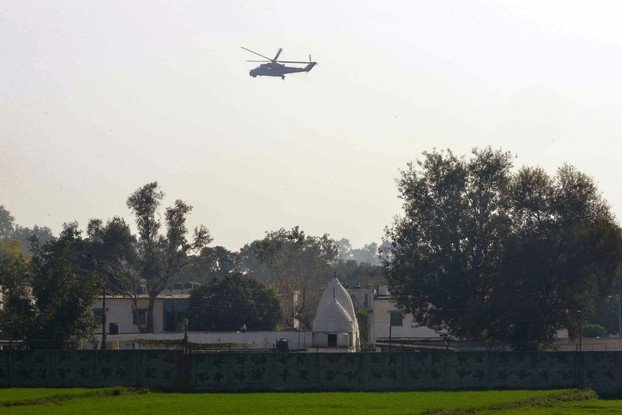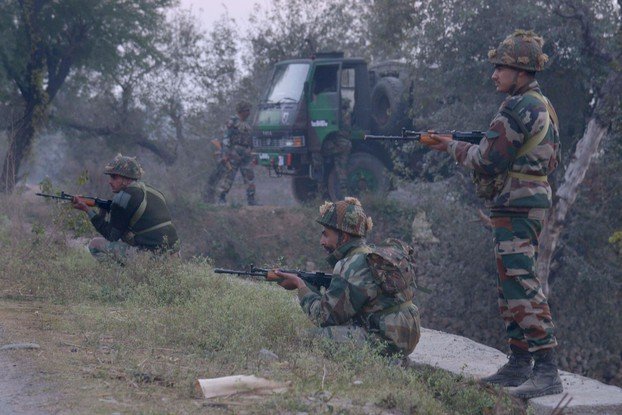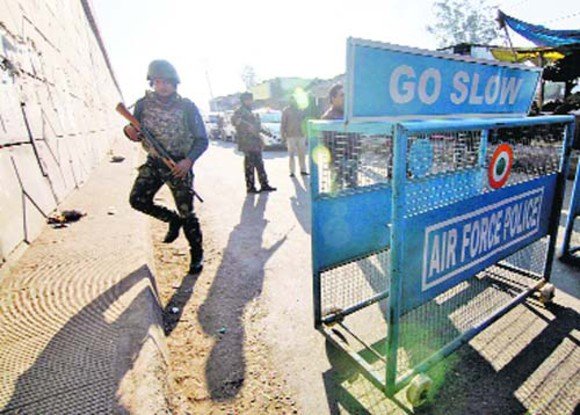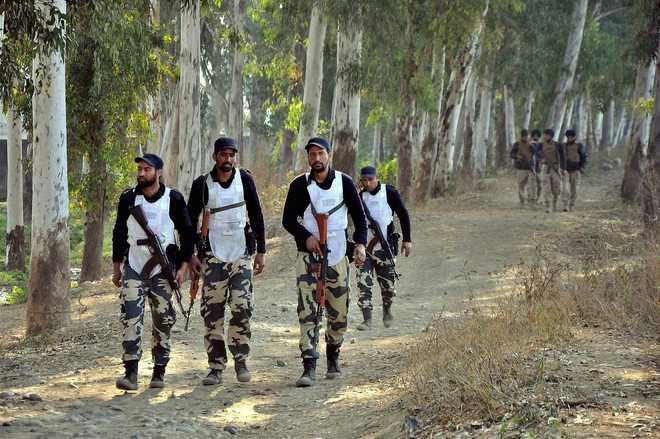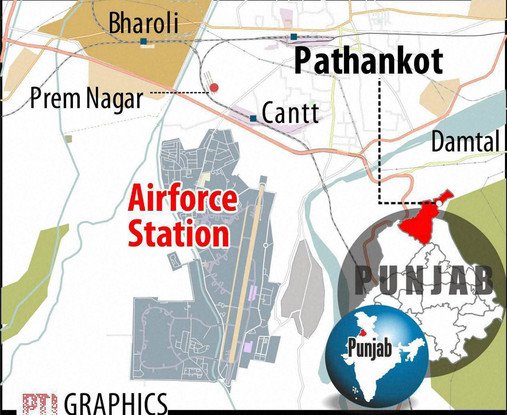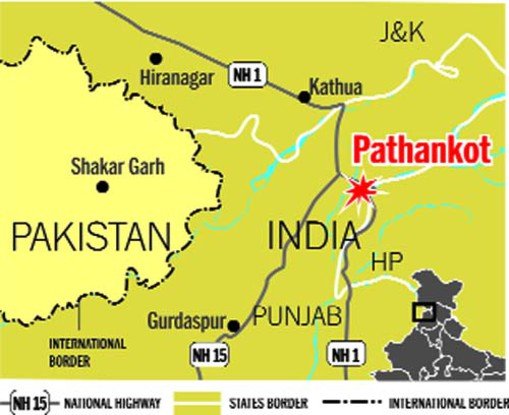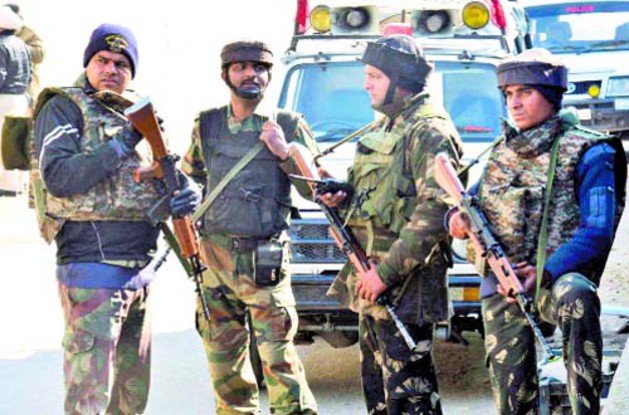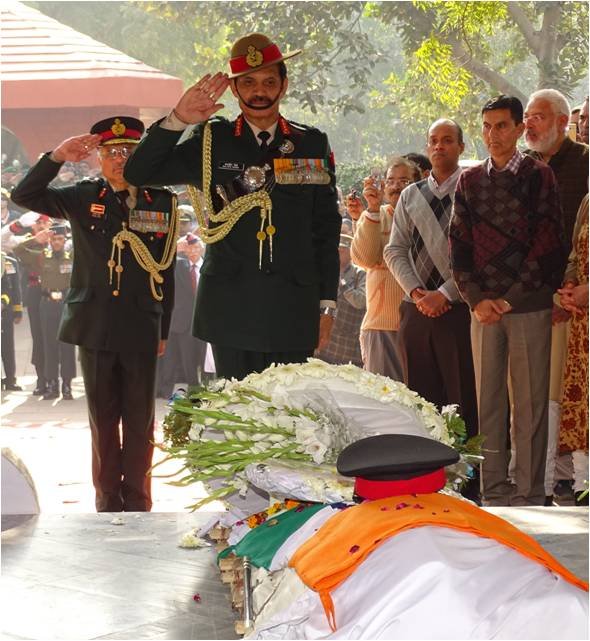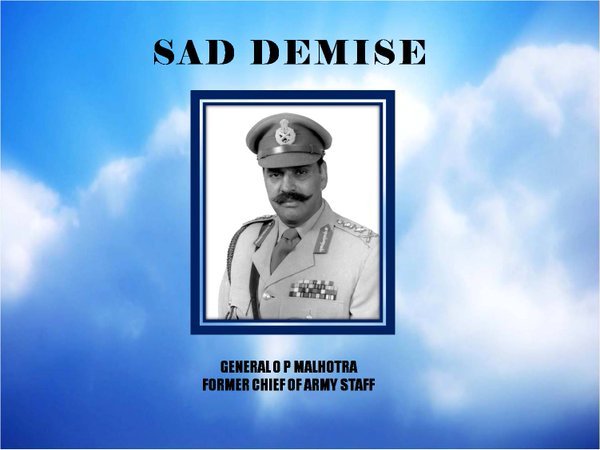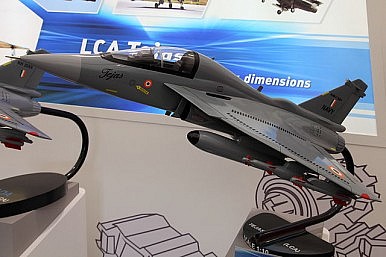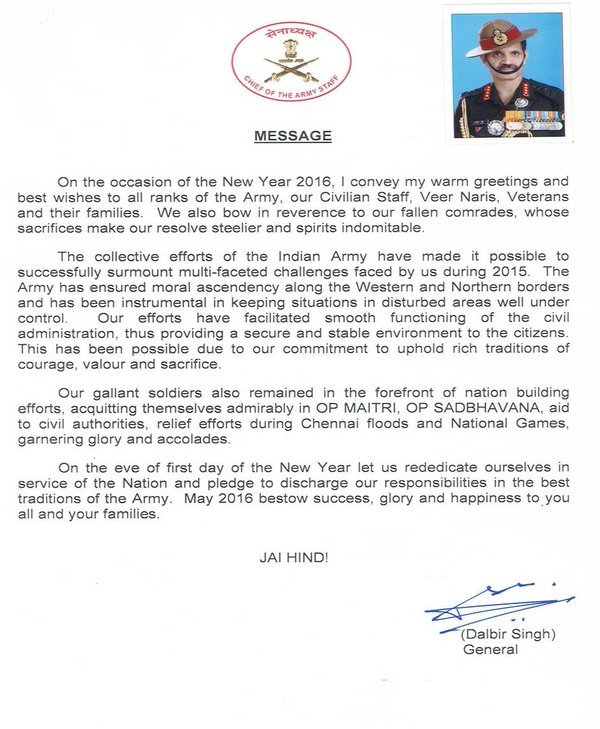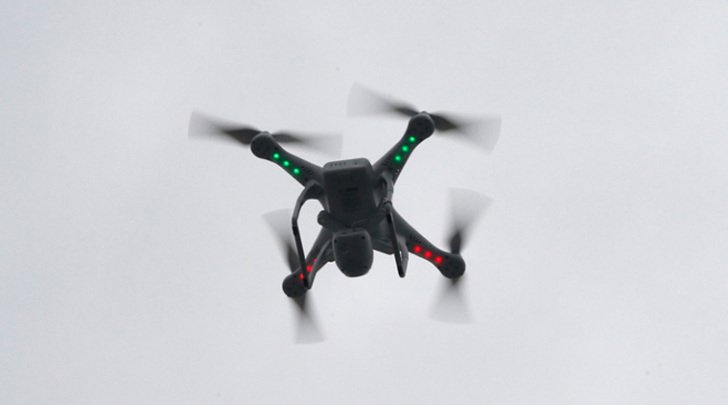Tribune News Service,Dehradun, January 15

The much-awaited Civil Military Laisioning Conference will take place in Uttarakhand shortly.Talking to mediapersons in Dehradun on occasion of Army Day today, Uttarakhand sub area General Officer Commanding (GOC) Maj Gen Shammi Sabharwal said the laisioning conference, which holds key importance from both civil and military point of view, was expected to be held in the state shortly.The conference was an important platform to address various issues that affected the general public. The last Civil Military Laisioning Conference had taken place in 2012, he stated.Referring to Army Day, Maj Gen Sabharwal said army personnel of Uttarakhand sub area had re-dedicated themselves for the betterment of the nation as part of Army Day observation.Army Day symbolises tributes to valiant soldiers who have sacrificed their lives for the nation, he added. Several senior Uttarakhand sub area Army officials were present on the occasion.
Tributes paid to martyrs on Army Day
Tribune News Service,Dehradun, January 15
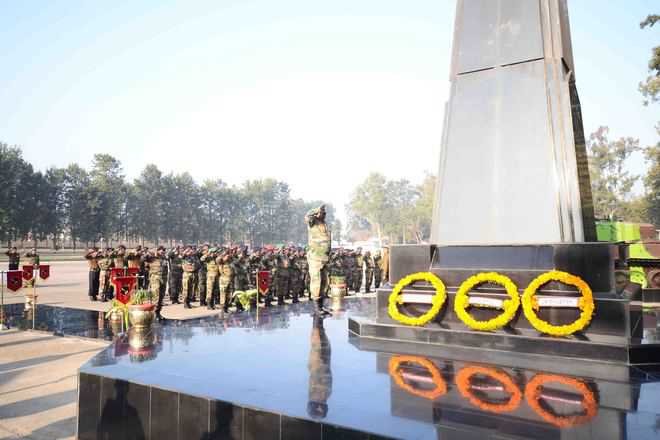
Golden Key Division paid rich tributes to martyrs on the occasion of 68th Army Day here today. Brigadier Paritosh Pant, Deputy GOC, Golden Key Division, laid a wreath at the Golden Key War Memorial on behalf of the division.He complimented all ranks of the division who had dedicated their lives to the service of the nation. Remembering the martyrs, he said their sacrifices would never be forgotten.Army Day is celebrated on January 15 in the remembrance of late Field Marshal KM Cariappa, the first Commander-in-Chief of the Indian Army who took charge from Sir Francis Butcher, the last British Commander, in 1949.Golden Key Division has a glorious history of valour and sacrifice which was displayed not only during World Wars but also with acts of bravery and unswerving sense of duty during the 1965 and 1971 wars with Pakistan.
Army Day celebrated at Chetak Corps
Tribune News Service
Bathinda, January 15
Army Day is celebrated on January 15 every year, in recognition of Lieutenant General (later Field Marshal) KM Cariappa’s taking over as the first Indian Commander-in-Chief of our Army from General Sir Francis Butcher, the last British Commander-in-Chief, on January 15, 1949.This year Chetak Corps organised a series of events to commemorate this auspicious day. The day started with paying respect to the courageous and brave soldiers who made the supreme sacrifice while defending the country, by a solemn wreath laying ceremony at the war memorial ‘Yodha Yaadgar’ by Lieutenant General DR Soni, General Officer Commanding, Chetak Corps.Later, to honour the contribution of our veterans, war widows and veer naris a function was organised at Bathinda Military Station. Lieutenant General DR Soni, General Officer Commanding Chetak Corps, the chief host of the function welcomed all veterans, war widows and veer naris.During the interaction he reiterated that the Indian Army has always been committed to the well being of the veterans, widows and their dependents. Rendering care and compassion to the retired fraternity is an important part of the Army life.Apart from resolving pension related problems and resettlement issues, canteen service outlet, bank counters, ‘grievances cell’ were also established to address the problems of ex-servicemen, veer naris and war widows.Suman Soni, zonal president, AWWA, Chetak Corps felicitated and interacted with the veer naris and thanked them for their presence and assured them of all assistance.The veer naris, war widows and veterans thanked and extended their gratitude to the Chetak Corps for the concerted effort in organising the event and for looking after them.
An evening with Army veterans
Tribune News Service,Chandigarh, January 15
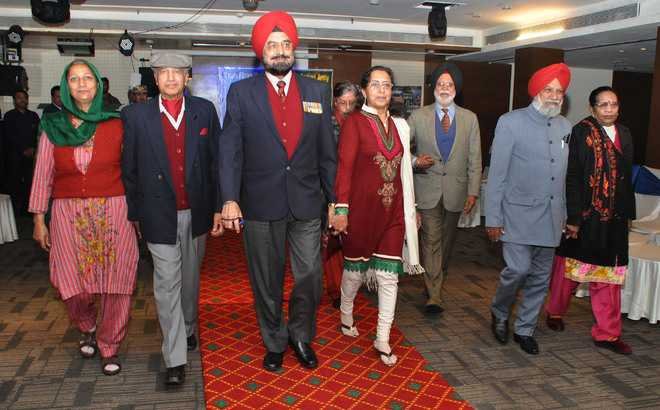
As patriotic music played in the background, and servers dressed up in fauji colours carrying trays of piping hot eatables, some seniors got to know each other over a cup of coffee.In a first-of-its-kind initiative, ex-Army officers with their spouses enjoyed an evening filled with music and fun outside their own set up. The occasion was Army Day, which was celebrated at a local hotel to honour the Army veterans.“I retired in 1987 and its for the first time that I am invited and honoured at a civilian gathering,” said Col Gurpreet Inder Sidhu (retd). With his wife Manjit Sidhu, he enjoyed the attention showered on them as they merrily walked the ramp. Col Gursewak Singh (retd) made an impressive picture with some 14 stars and medals shining on his chest. Enthusiastically he pointed out that the stars were for having fought the wars and rendering a fine service.He introduced his wife Bhupinder, who at one point of time during the Operation Prakram had six relatives on the border. “My husband, son, son-in-law, two brothers and a nephew were on the duty,” she said. Did it scare her? “No,” comes an emphatic reply.“In the Army, we are a unit, a family. Senior most officer’s wife would take us all in her cover. We would eat, play cards and even watch news together,” she smiled.In the company were AVSM Brig BJS Oberoi (retd) with his wife Rupinder, Brig Subhash Khullar (retd) with wife Kamal and Maj SS Parwana (retd) with his wife Simarjit. Remembering the wars with a sense of pride was the highlight of the evening and the couples enjoyed karaoke and danced on old numbers like “Awara Hoon”.Kamal Khullar, a proud wife, said, “My husband was a para commando. He would go for the jump and trust me I was scared at the slightest sound when he was at practice but then there comes the honour of being in the Army family.”“The idea behind the programme was to show gratitude towards the armymen who faced all kind of challenges so that we could enjoy a peaceful life,” said Deepak Gupta, organiser of the event.
Army Day celebrated by Vajra Corps
Tribune News Service,Jalandhar, January 15
The Vajra Corps headquarters, Jalandhar, today celebrated the Army Day with a wreath-laying ceremony.The Army Day is celebrated on January 15th every year, in recognition of Lieutenant General (later Field Marshal) K M Cariappa’s taking over as the first Commander- in-Chief of the Indian Army of Independent India, on 15 January 1949. The Indian Army marks this day to pay homage and salute the valiant soldiers who sacrificed their lives to protect our country.As a mark of respect to the martyrs, a solemn wreath laying ceremony with appropriate military decorum was held at “Vajra Shaurya Sthal”. The Wreath was laid by Lieutenant General JS Cheema, General Officer Commanding, Vajra Corps, followed by a large number of senior officers and Subedar Majors of the units. The event was attended by a large number of servicemen.As many as 250 NCC cadets and 20 students of Sainik School, Kapurthala were special invitees to the event.
500 woman constables join ITBP
Tribune News Service,Chandigarh, January 15

As many as 23 widows of the Indo-Tibetan Border Police (ITBP) personnel, who died in harness, were among 500 woman constables inducted into the force today. This is the largest batch of women constables to pass-out since women were allowed to join �the Central Armed Police Forces (CAPFs) a few �years ago.While the Ministry of Home Affairs has a long standing policy to provide employment in the CAPFs on compassionate grounds to widows, they were earlier recruited for ministerial posts. Induction as constables in the CAPFs, other than the Central Reserve Police Force, which has special women’s battalions, is a recent development.ITBP officers said though relaxation in some rules like age limit was granted, the minimum educational and physical standards had to be met by them for induction as constables. Among them was a woman who had a young child and special arrangements were made for the child to stay at the basic training centre (BTC) here, the alma mater of all ITBP recruits.There have been instances of widows being recruited as constables in other CAPFs like the Border Security Force. Many of the new inductees are well educated. Though minimum qualification for induction as contables is Class X pass, 40 of them hold masters degree in commerce, education, science and arts. Only five per cent of the total number had the minimum educational qualification. Uttarakhand, Uttar Pardesh and Bihar had the highest contribution of recruits in the batch.The Director General ITBP, Krishna Chaudhary, reviewed the passing-out parade and gave away prizes for outstanding performance during the training. These included Shuhani Kunda (best in physical), Manshi (best in dirll), Gita Chaudhary (best in weapon handling), Shama (best in sports) and Deepika Tyagi (over all best trainee).The Deputy Inspector General, BTC, PS Papta, said the recruits had undergone a 44-week intensive training programme that included all aspects of service orientation and physical fitness.
